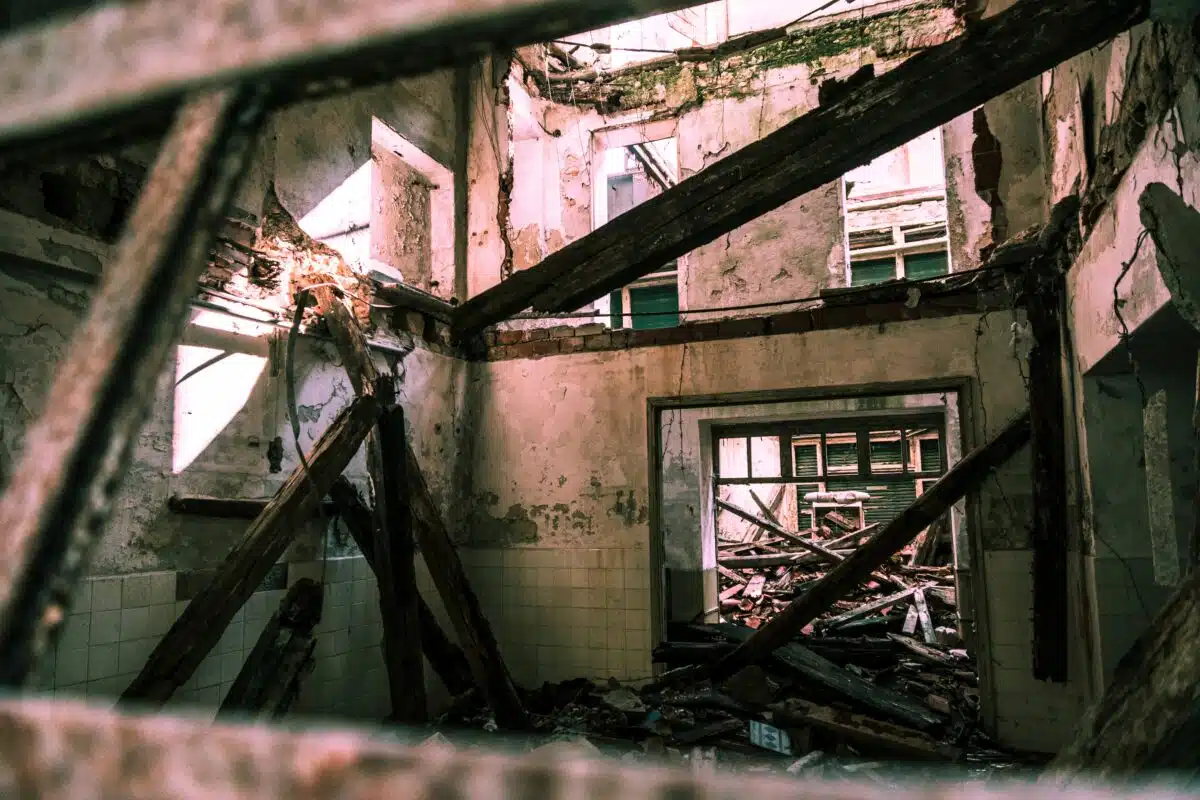News
Potential of Refurbishment Versus Demolition and New Build
In the wake of the IPCC Sixth Assessment Repot (AR6) and its findings, there is an urgent need to save as much carbon as possible, and immediately.
In the Built Environment, to meet future national and international carbon reduction targets, there is an urgent need to improve the performance of existing buildings. This is because the existing buildings will comprise most of the total building stocks for years to come and hence will remain responsible for the majority of greenhouse gas emissions. Sustainable refurbishment and retrofitting of the existing buildings over new builds lower the embodied impact and reduces the operational emissions.
Circular Ecology is conducting research for Historic England to analyse the environmental potential of refurbishment. Discussion and consultation with a wide range of actors and stakeholders involved in refurbishing buildings in the UK is being carried out to assess the opportunities, challenges, and barriers to the uptake of refurbishment.
The initial findings of the research are very promising. By considering social, environmental, and economic aspects, the results which are being formulated using case studies and expert views of a range of actors and stakeholders involved in the refurbishment market, will offer insights to sustainable and practical refurbishment. Further information and the main findings will be shared in due course.
Featured image provided royalty free from Pexels
Written by Professor Behzad Sodagar

